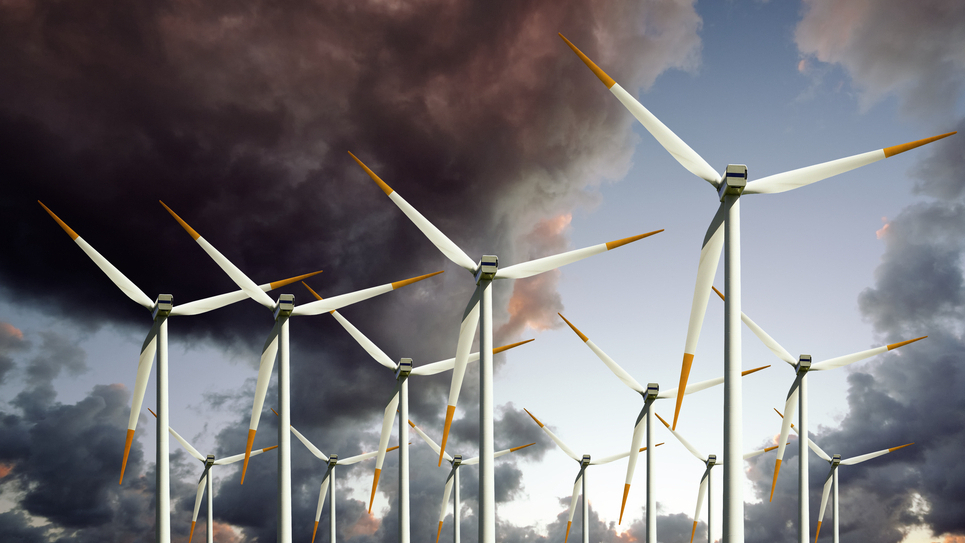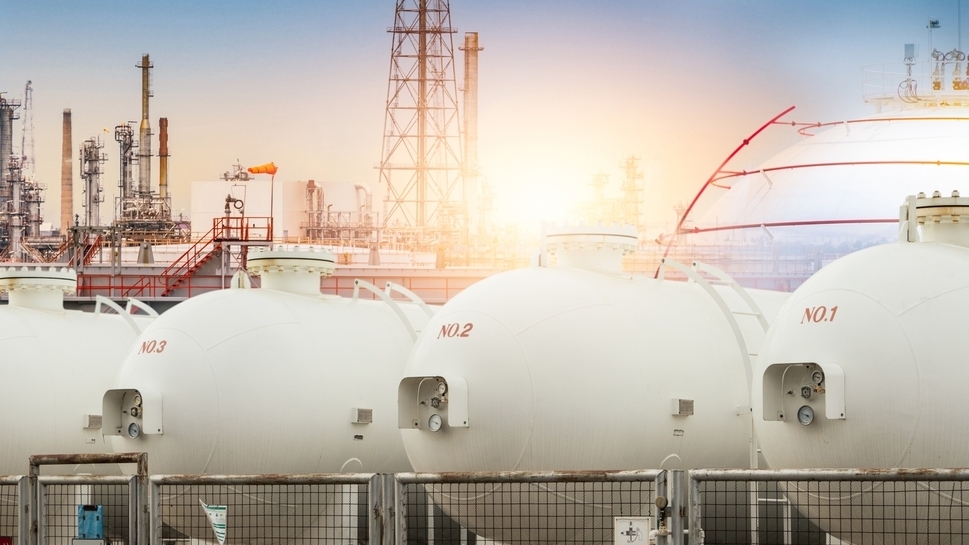
Short sellers circling clean energy firms lay bare renewables’ serious headwinds
As hedge funds increasingly place short bets against struggling clean energy providers, the trading frenzy exposes the complex and challenging investment market renewables are currently in
Despite winning the hearts and minds of many asset owners in recent years, amid inflation and rising rates, the renewables boom is stalling.
A growing number of hedge funds are now aggressively placing short bets against clean energy stocks, particularly wind firms, thereby exposing the challenging market conditions the renewables space is currently facing.
The gloomy outlook of many firms lays bare that investors’ appetite for clean energy firms is under major pressure.
Numerous short bets have made hedge funds on both sides of the pond millions as the share price of a host of wind energy firms is dropping.
Recession concerns, regulatory pressures in the UK and across the EU, anti-ESG sentiments in the US as well as a tighter policy by the Fed have hit renewables' investments and performance, thereby severely rocking investor confidence in the clean energy sector.
These fears have played out particularly in listed markets, with the Dow Jones Clean Energy Index having dropped by more than 30% year to date.
Among some of the most sold clean energy stocks by hedge funds in recent months are Canadian Solar, Plug Power, Tesla, SunPower and Green Plans.
And things do not end there. Hedge funds are betting on further value drops in 2024, largely based on some big divers recently.
Net Zero Investor's Annual Conference | 11th December 2023 | London
For a start, Siemens Energy and Orsted are repeatedly singled out by hedge funds for stocks that have been betted against by investment houses such as Qube Research & Technologies and Marshall Wace.
UK-based hedgefund Argonaut has also placed significant short bets against wind energy. Barry Norris, CEO and CIO at the fund prominently described wind-energy as a "generational folly that would see the nation's economic future sacrificed on the altar of net zero".
Siemens Energy’s share price has come down by more than a half in the last six months following acknowledgments and reports regarding failing wind turbines.
On 26 October alone, its stock price nosedived by 35 percent after it disclosed it was in talks with the German government about a financial support package.
Vestas Wind Systems, the Denmark-based wind turbine producer, has also been on the radar of short-sellers in recent months. Since the beginning of the year, its share price has come down by nearly a fifth.

Headwinds
Despite a favourable regulatory ecosystem, tax credits and subsidies, clean energy stocks are facing major headwinds.
High inflation is making life increasingly difficult for wind and other clean energy providers, as they generally commit to long-term deals that contain fixed prices.
Moreover, many clean energy firms rely heavily on debt to finance fresh investments, so raising fresh funds at current interest rates has made it relatively expensive to bring in fresh funds for what are more often than not multi-billion investment projects.
“With concerns about high inflation and high interest rates, valuations matter."

To tame inflation, central banks have pulled the interest rate leaver. Most raised rates so far this year at an unprecedented pace – “aggressive tightening” as it is known in the lingo. The tightening raises the cost of capital in the economy.
Renewable energy assets, such as wind or solar farms, are capital intensive in that they involve relatively high up-front costs. This makes the cost of financing increasingly an unappealing undertaking.
Investing into clean energy projects or related-firms is becoming so unattractive that some investors are cancelling projects altogether.
Swedish industry giant Vattenfall pulled out of a large offshore wind project off the coast of Norfolk this summer. The firm explained the project was no longer attractive to investors as input costs had skyrocketed by more than 40%.
Rising gas prices, high inflation and rapidly increasing costs had led to the rare decision to cancel the project altogether.
“It simply does not make sense to continue this project,” explained Anna Borg, Vattenfall’s chief executive.
“Higher inflation and capital costs are affecting the entire energy sector, but the current situation has made offshore wind and its supply chains particularly vulnerable.”
"This situation is putting significant pressure on all new offshore wind projects," Borg warned.
CfD regime
Adam Berman, the deputy director at UK trade body Energy, has another explanation for the headwinds that renewables are facing, namely the current terms of the UK government's main support scheme for renewables, the contracts for difference (CfD) program.
Firms are invited to submit open bids for these deals, which guarantee minimum prices consumers will pay once energy generation starts.
However, the maximum price per unit of electricity available under the scheme is based on costs in 2012, when the average inflation was about 2.6%. In comparison, inflation hit 4.6% in October.
CfDs are increasingly emerging as an important way for governments to reduce revenue risk. These contracts of 12 to 15 years essentially work by having one party pay the difference between a pre-agreed strike price and a reference price.
The reference price is typically the market price for a “high carbon” alternative, such as electricity generated from natural gas, while the strike price is set at a sufficiently high level to compensate producers for the green premium that they face today.
"We recognise that there have been global challenges in the clean energy sector."

Looking ahead
Despite the turbulent market conditions, there are indications that the wind industry might be able to take on some of these challenges.
Last week, the UK government recognised the importance of CfDs for the industry and acknowledged the current regime is deterring new investors from joining the renewables bandwagon.
Earlier this month, the British government raised the maximum price offshore wind and other renewables projects can receive in the next CfD auction.
Ministers said they decided to hike rates "following an extensive review of the latest evidence, including the impact of global events on supply chains."
UK Energy Security Secretary Claire Coutinho said that "we recognise that there have been global challenges in the clean energy sector and our new annual auction allows us to reflect this."
Over half of all asset owners expect geopolitical uncertainty and rising inflation to have the greatest impact on portfolio performance over the next 12 months, said Johanna Kyrklund, group CIO and co-head of investment at Schroders, referring to recent research by her firm.
“Geopolitical uncertainties are putting a four-decade long period of globalisation to the test, not least amid signs the world is heading in a more ‘protectionist’ direction,” she added.
“These two issues are directly related, with stagflation that particularly vexing combination for asset values of slowing growth and accelerating,” Kyrklund noted.
Regionally, she pointed out that Europe-based investors are the most likely to have concerns over geopolitical uncertainty, ahead of the Asia Pacific (APAC) region and North American investors.
This is likely because of the greater impact of the Russia-Ukraine conflict on countries in Europe.
"It’s time to be discerning, analytical and valuation-focused once again,” Kyrklund concluded.
“With concerns about high inflation and high interest rates, valuations matter."
Also read
After mass-divestment of oil and gas, AP Pension plans to ramp up wind and solar allocations





